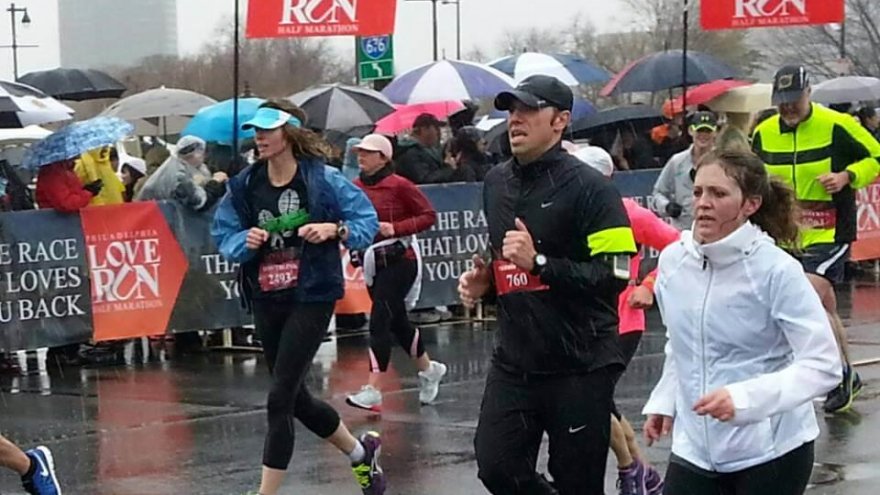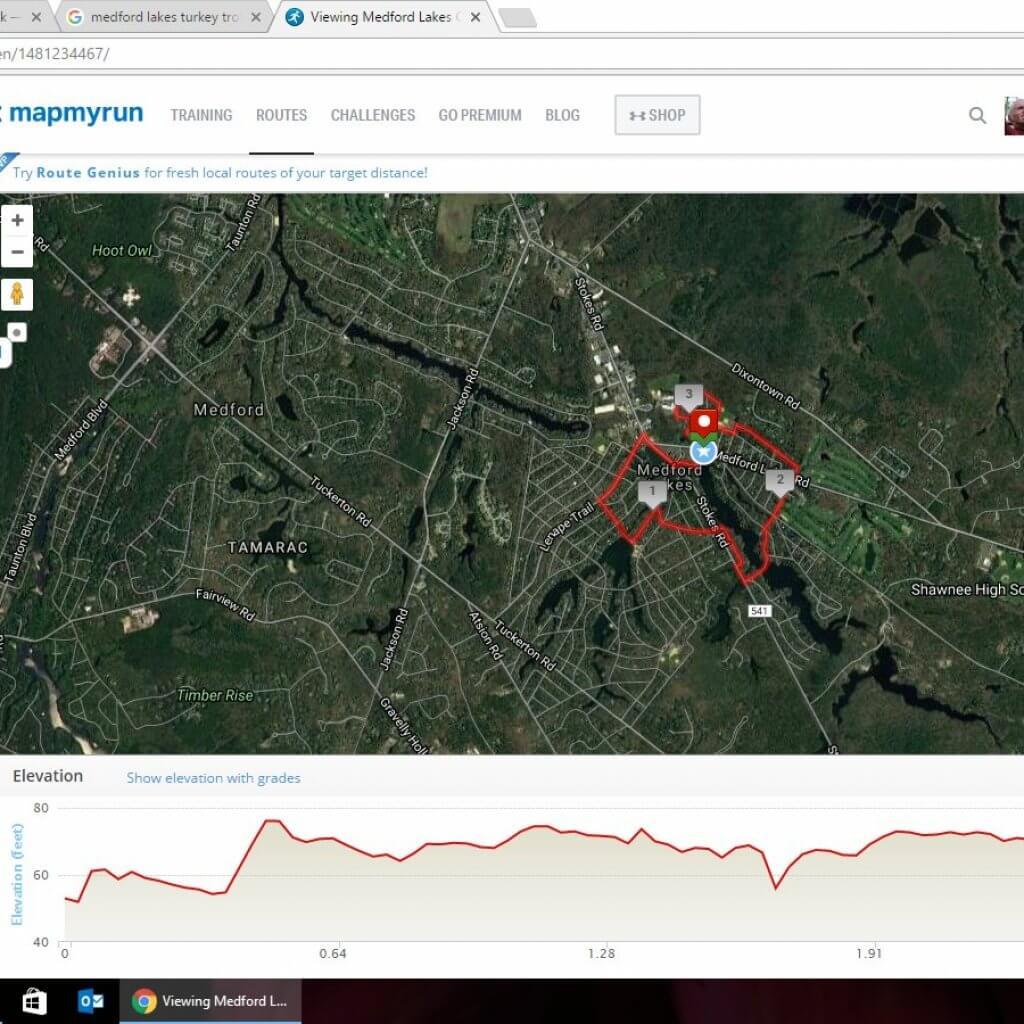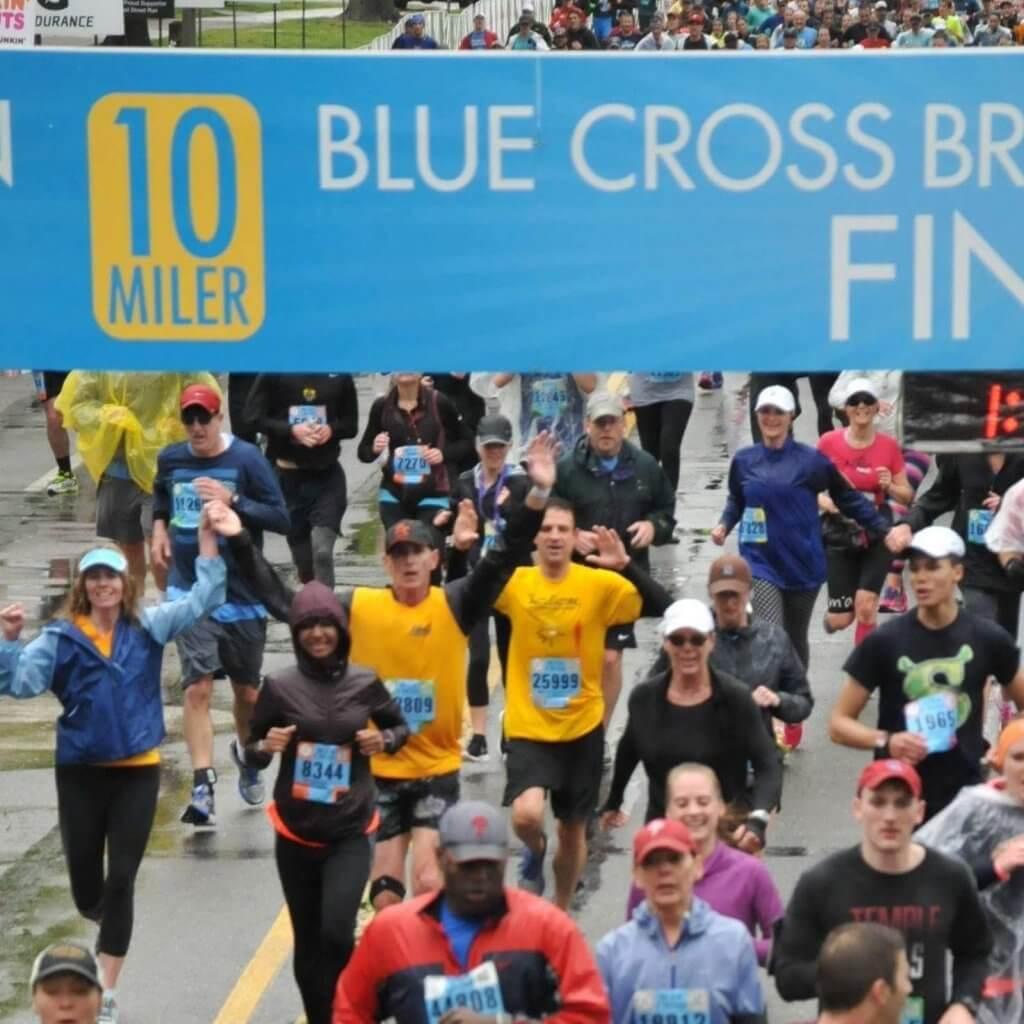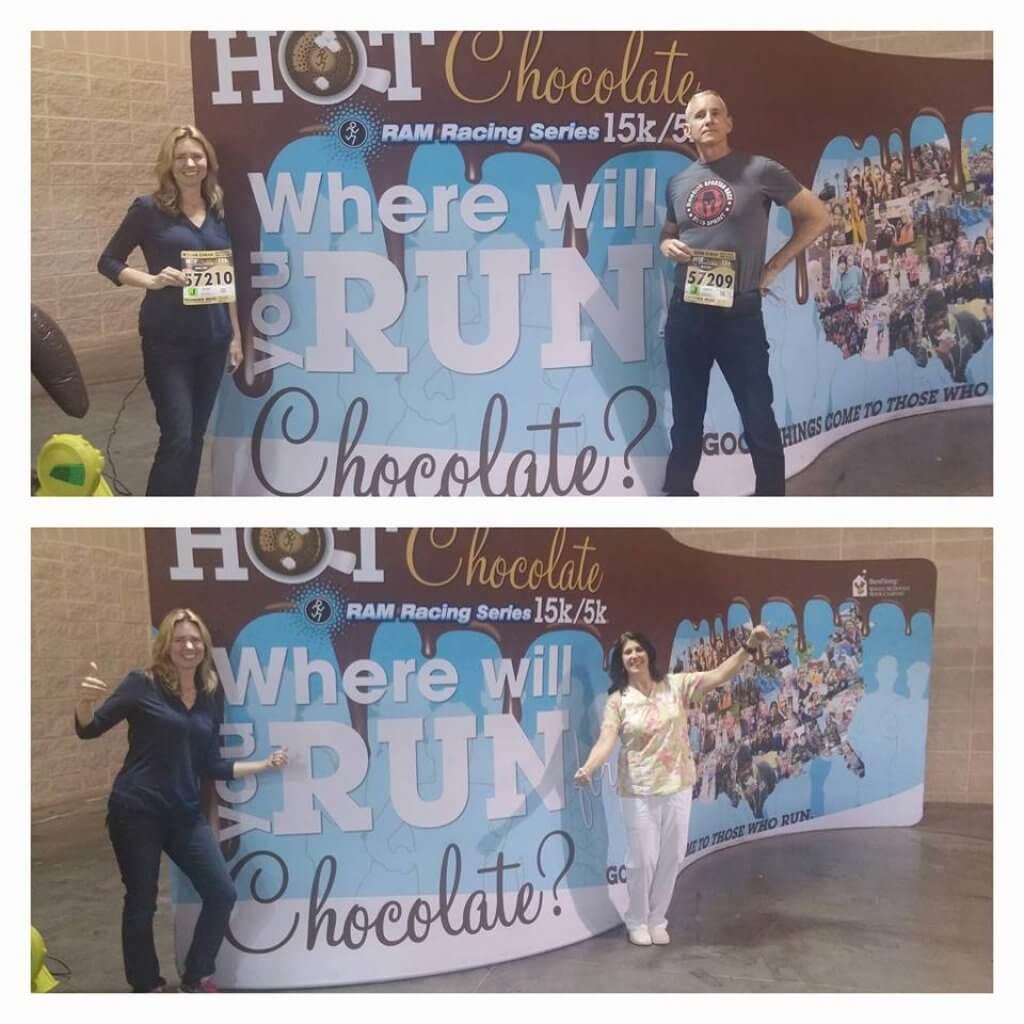Location, Location, Location: Tips on Choosing a New Course Layout

An Unlikely Location
“Deep in South-Central Jersey’s pine belt along a highway connecting Trenton and Atlantic City lay 1,300 acres of wild, primeval wilderness, trees, and underbrush matted in a forbidding jungle produced by centuries of neglect. Brackish streams wended their way sluggishly through the tangled, swampy mass.” Fifty years later, some forward-thinking resident of Medford Lakes, New Jersey saw fit to lay down a rough 5K course through all that. Thus was born a running trail for a few hardy men and women pioneers. Today the course boasts over 1000 runners each Thanksgiving morning.

City and Urban Locations
About twenty miles to the west across the Delaware River lies the city of Philadelphia, Pennsylvania. Founded in 1682, once the Nation’s capitol, and today boasting landmarks like the Philadelphia Art Museum and the statue of Rocky Balboa, Philadelphia plays host to running events large and small that cross the paths of history.

Protected much by the Pinelands National Reserve, Medford Lakes still retains much of its wilderness feel, a far cry from the clutter and cacophony of nearby Philly. Yet both of these locations continue to attract runners of every class year after year. What’s the secret held by these two opposites?
Logistics
Your USATF pro will do more than measure and certify your course. Logistics is probably the number one variable in selecting a course location and layout. They will help you minimize major road crossings. This reduces the need to shut down roads, get government approval to do so, and the need for police at those intersections that do remain open. Will you want a loop course, out and back, or multiple laps? No matter what, you want to reduce bottlenecks. The Medford Lakes course eliminated a 45-minute bottleneck by simply reversing the direction of the course so that all the runners crossed a major road at the start rather than all spread out at the finish.
Safety First
There’s a huge difference between the course selection for obstacle course racing (OCR), trail racing (Ragnar for example), and road racing. For most race directors, safety translates into insurance. Insurance cost goes way up for OCR on single track mountains compared to the lower risk paved road racing. Hills or flat, straight or curved, high elevation or sea level does not contribute as much to insurance cost. But no matter what, you will pay insurance and that cost is pro-rated on a per-runner basis and included in the race fee. Since it is a given, you have the opportunity to maximize the ease or difficulty of your race course with the kind of roads you select.
Course Layout
Medford Lakes is a flat, winding 5K course. Philadephia on the other hand is a mostly flat out and back course with the longer events (half- and full marathons) taking on one nasty hill in the Park. Philadelphia’s Broad Street Ten-Miler is a notable exception. This route is simply ten miles along the nation’s longest straight urban boulevard. Most of these options are dictated by logistics and safety as described above.

History and Scenery
Themed races are hot. Last year Philadelphia introduced the Rocky Balboa Run so that runners could re-trace the steps of its favorite son boxer as shown in the Rocky II training montage. Yet most of the other Philly courses largely skip all the history and rely almost entirely on scenery. Nearly every venue uses essentially the same course starting in front of the Art Museum, then goes up and back West River Drive and/or Kelly Drive through Fairmount Park. The mostly flat, riverfront course is extremely popular with runners and cyclists throughout the year because the City closes the route to vehicle traffic every weekend. In Medford Lakes, the course passes by many of the twenty-one spring-fed lakes, some of the 150 original log cabins preserved much as they were built nearly 100 years ago, and along trails with unpronounceable but fun to try some new mantra Indian names.
Season
Running has its season. But that is not a firm rule. Some races are designed for off-season running. Make sure your objectives are clear for the type of race you design, what runners should expect for weather and temperature, terrain, and special gear needed (ie. cleats, wet suits, team support facilities, etc.)
Potties
Porta potties are very expensive. One mistake we made two years ago was designating them by gender. Naturally, the lines for the girls’ were long while the men’s were empty. Last year, with just one extra porta potty, we made them all unisex and solved the line problem. A good rule of thumb on how many to reserve is this: one porta potty for every 200 runners.
Vendors and Expos
Some races charge for vendors to set up tents while others do not. Be sure to know the laws for street vendors at your venue. Some races I have been to don’t allow any at all. You decide whether the cost is part of the race entry fee or absorbed by the race.
If you have a race expo, costs will probably go way up for space rental. You can minimize those costs on a per-vendor basis by charging for space. Race expos are excellent for keeping containment and control over things like race packet pick up and weather (assuming your expo is indoors).

Food and Water
Food and water is most often donated regardless of race size. But you still need it and it is a lot of work to obtain those donations. So if you direct one of those ultra races out in the Nevada desert, chances are you need to bring in food and water using semi trucks.
Parking
Make sure to have sufficient parking available. Remember to calculate for race day registrants (usually about 10-30%). Is parking free, charge by the carload, or charge by car? Your local government may have that decided for you so check first before advertising your race. Let your runners know how far parking is from the start line, finish line, and festival area. Provide a map with as much detail as possible.
Latest Articles
 Is It OK to Use Trail Running Shoes on the Road?While trail running shoes can be used on roads, especially in situations where a runner encounters mixed terrains or pref...
Is It OK to Use Trail Running Shoes on the Road?While trail running shoes can be used on roads, especially in situations where a runner encounters mixed terrains or pref... Is Running on a Treadmill Easier Than Running Outside?Runners have their own preferences, whether it is treadmill running, running outside on the road, or exploring trails. So...
Is Running on a Treadmill Easier Than Running Outside?Runners have their own preferences, whether it is treadmill running, running outside on the road, or exploring trails. So... How to Fix Sore Quads After Running?Rest, ice, gentle stretching, and over-the-counter pain relievers can help soothe sore quads after running. Also, ensure ...
How to Fix Sore Quads After Running?Rest, ice, gentle stretching, and over-the-counter pain relievers can help soothe sore quads after running. Also, ensure ... 10 Fruits With The Most Electrolytes to Replace Sports DrinksThese fruits are high in electrolytes such as potassium, magnesium, and calcium, essential for hydration, muscle function...
10 Fruits With The Most Electrolytes to Replace Sports DrinksThese fruits are high in electrolytes such as potassium, magnesium, and calcium, essential for hydration, muscle function...

